Oxbow At Home: Friends of a Feather

Overview
- Students will learn about the parts of a bird and the characteristics that different birds have.
- Students will learn about some of adaptations that birds have.
- Students will learn about the common birds of Georgia and will learn how to identify birds with the use of binoculars and field guides.
Outline
- Introduction
- What makes a bird
- Bird Adaptations
- Virtual Bird Watching
- Reflection and Review
- Knowledge Challenge
Grade Level and Standards
3rd Grade:
- S3L1.b. Construct an explanation of how external features and adaptations (camouflage, hibernation, migration, mimicry) of animals allow them to survive in their habitat.
- S3L1.c. Use evidence to construct an explanation of why some organisms can thrive in one habitat and not in another.
4th Grade:
- S4L1. Obtain, evaluate, and communicate information about the roles of organisms and the flow of energy within an ecosystem.
5th Grade:
- S5L1. Obtain, evaluate, and communicate information to group organisms using scientific classification procedures.
- S5L1.a. Develop a model that illustrates how animals are sorted into groups (vertebrate and invertebrate) and how vertebrates are sorted into groups (fish, amphibian, reptile, bird, and mammal) using data from multiple sources.
What makes a bird, a bird?
1. Feet
Birds usually have four toes on each of two feet. They use their feet to walk, stand, hop, perch, carry things, grab, prey, swim, wade, and dig.
What are the five different feet that birds have?
(perching, climbing, gripping, running, and swimming)
2. Beaks and Bills
Birds use their beaks to get food, drink water, tear or break food into pieces, gather nesting material, preen, feed babies, and protect them from enemies.
3. Feathers
What do only birds have that no other animal has?
FEATHERS!
Feathers are unique feature only to birds. There are no other animals on the entire world that have them. Feathers are one of the most complex structures found in all animals. They are formed from keratin, same protein which makes up scales, beaks, and claws (and fingernails in humans). Keratin proteins develop during the growth of cells in the epidermis or outermost layer of skin. Once a feather is formed, it is inert and essentially and dead outgrowth of the skin.
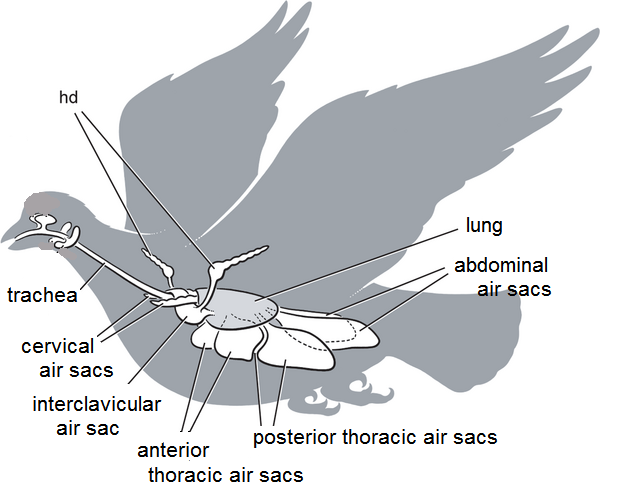
4. Air Sacs
A bird’s lungs appear to be small compared to a human’s lungs. However, in addition to the lungs, there are 7-9 pairs of air sacs, depending on the type of bird, which communicates with the lungs and extends throughout the body. These air sacs act as reservoirs to hold oxygenated air until it is used. By the time the breath of air finally leaves their bodies, it is depleted of oxygen. So in comparison, a bird could not save another bird’s life through CPR like a human could. A human only uses a small percentage of the oxygen in the air we inhale, so when we exhale our breath is still rich in oxygen and could be used to save another person’s life. A bird’s exhaled breath is completely depleted so it could not provide oxygen to another bird, plus would they be able to get a tight seal around the other bird’s beak?
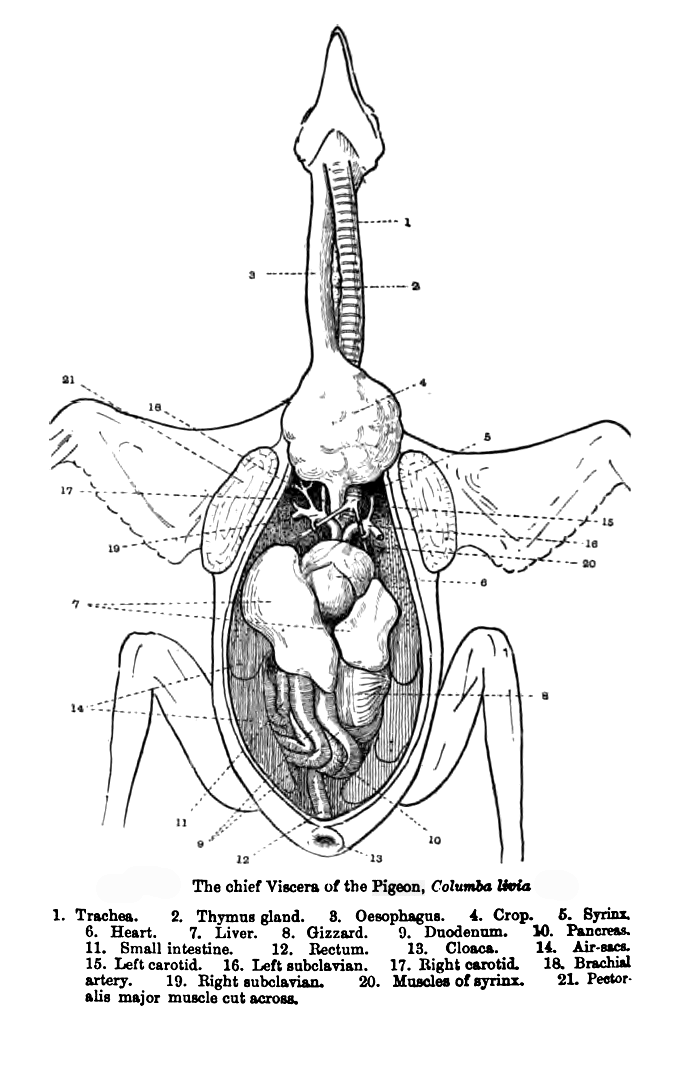
5. Crop
This crop is similar to a pouch for chipmunks. The crop stores food that will later be digested by the bird. It is located at the bottom of the bird’s esophagus. It allows birds to eat really fast and then digest the food later. This can help decrease the exposed to predators while feeding. The crop is found in other animals such as insects, leeches, and earthworms.
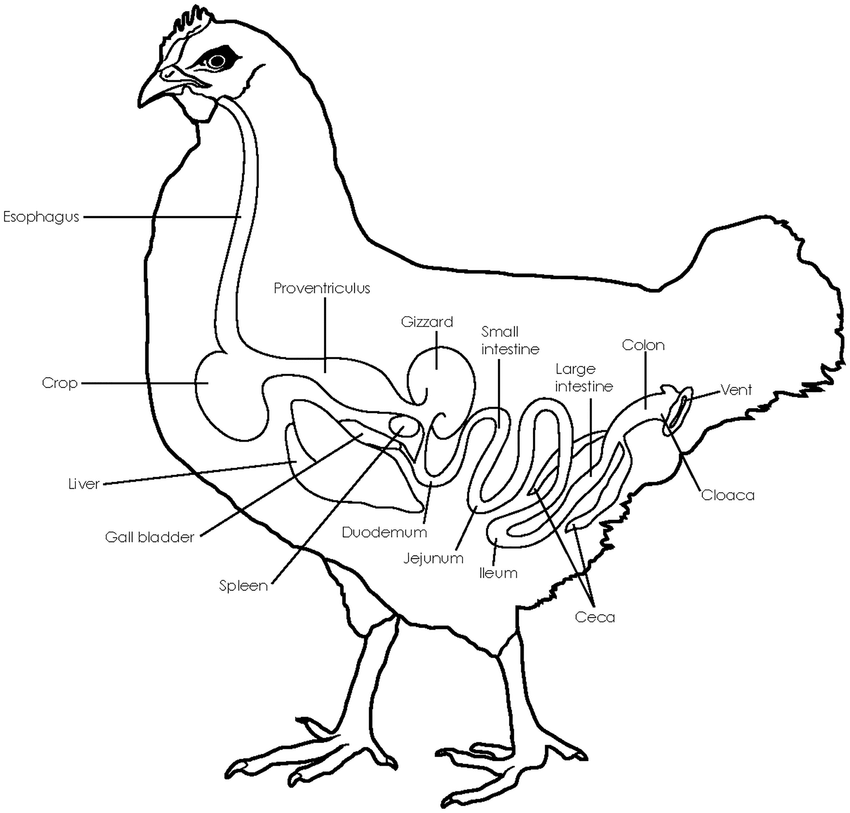
6. Gizzard
The gizzard’s main function is to grind and digest tough food. Birds will sometimes eat small rocks and grit to help the gizzard digest food. The grit grinds in the gizzard and smashed up the food. The gizzard is the second part of the bird’s stomach.
Bird Watching
Great! Now that we have a little bit about what makes birds unique, it’s time to go bird watching! Something that is great about bird watching, is that you can do this almost anywhere. Birds can be found on every continent on the planet! No matter if you live in a big city or in the country, you are bound to see a bird.
While most people that go bird watching have binoculars, you don’t need them to find birds. You need other things first:
- Patience
That's right, its sometimes takes time to see a bird. Where are some places that you might finds birds?
- In a tree
- On the ground
- Flying
- On the water
- Can you think of any other place?
If you can’t go outside, that is fine, you can check out our virtual bird identification below!
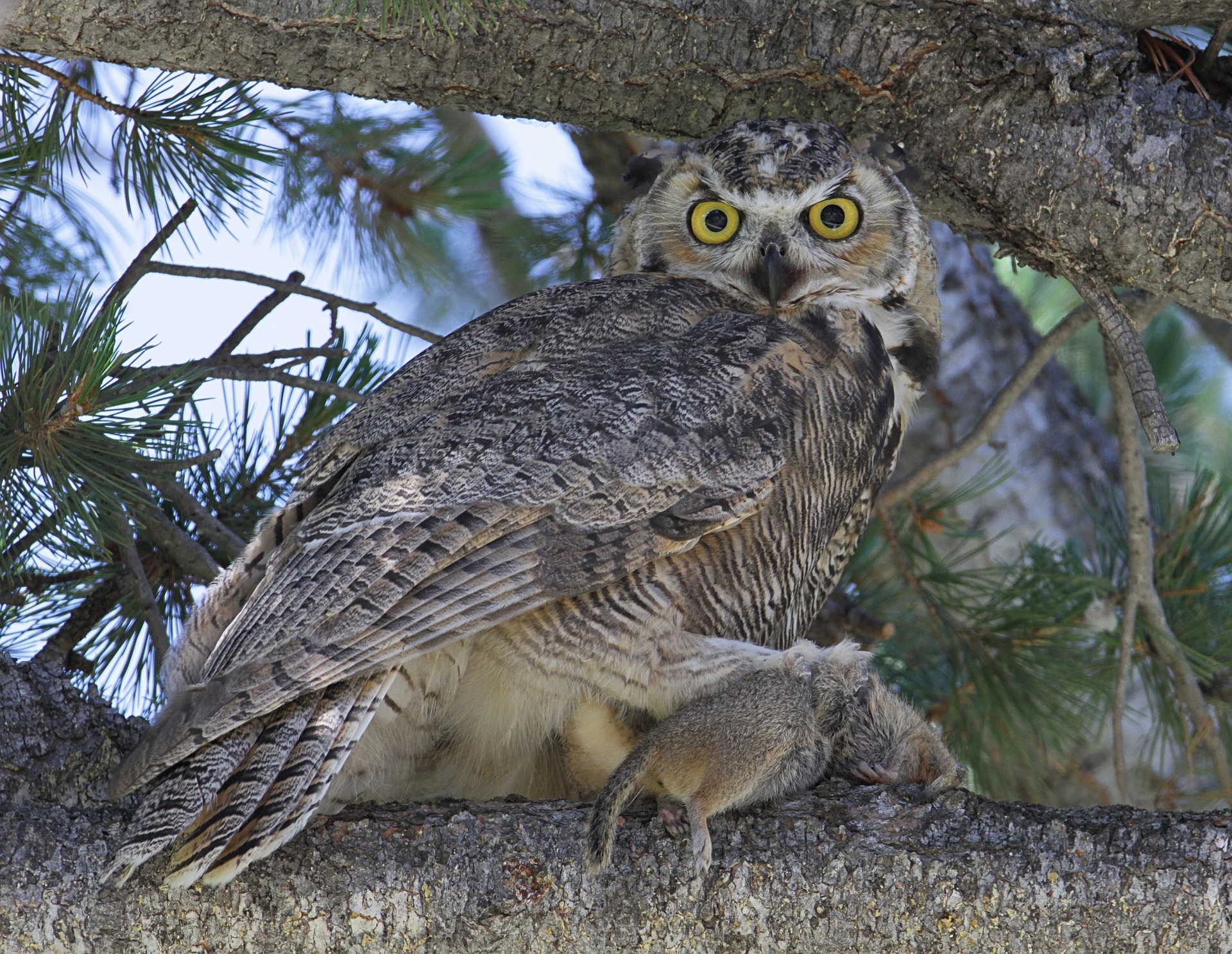
Bird Observations
- Powerful predator that eats birds, mammals larger than itself (even skunks!), frogs, mice, and other small prey.
- Is crepuscular, meaning that it is active at dusk and dawn, even though most people think they are nocturnal.
- One of the most common owls in North America, and can be found in almost any habitat
Who am I?
Snowy Owl
Eastern Bluebird
Great Horned Owl
Green Tree Frog (just joking!)
Answer:
Great Horned Owl
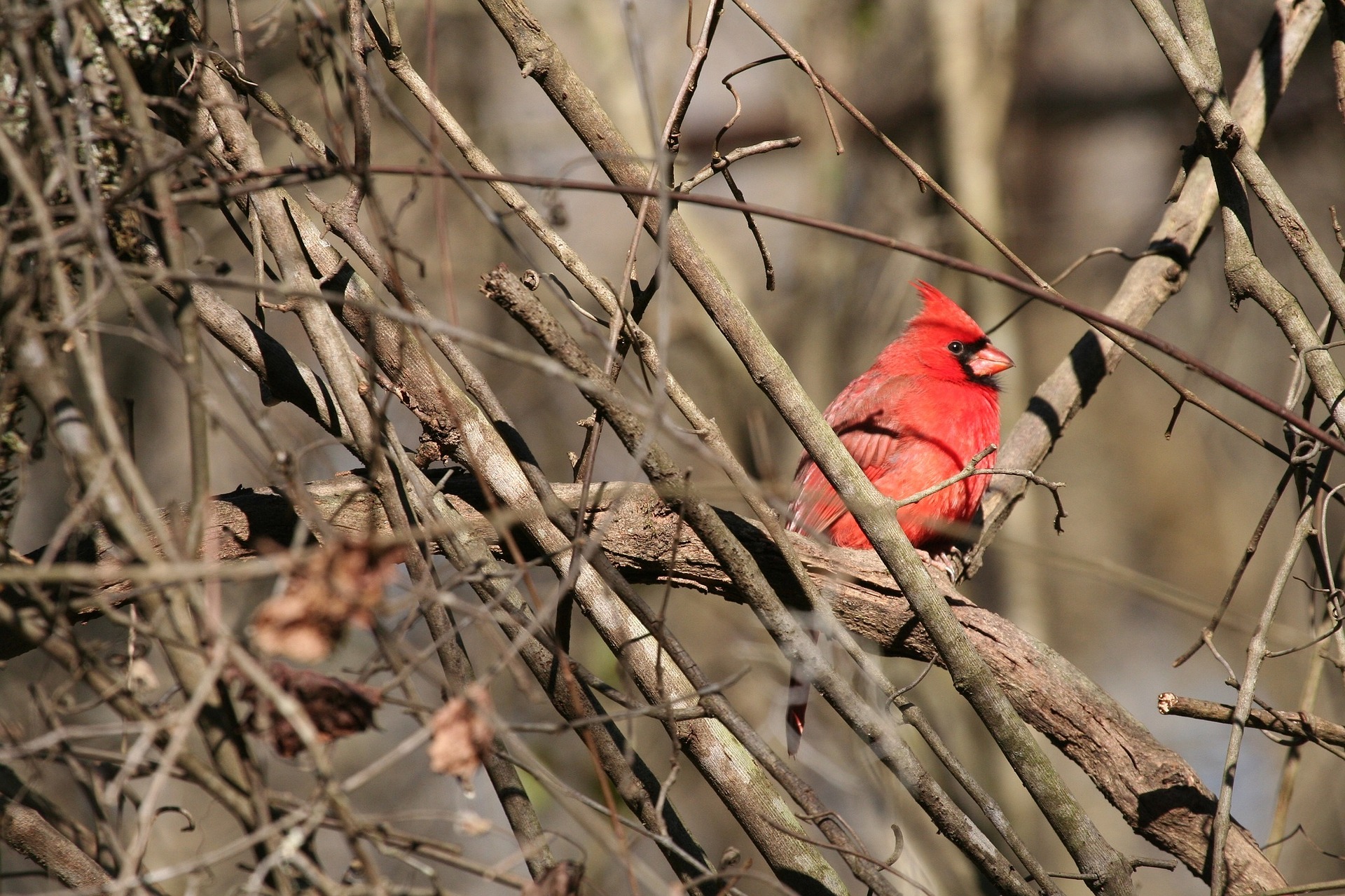
Bird Observations
- This bright red bid is a familiar sight to many! Did you know that the males are red, while the females are much more brown in color? Why do you think that is?
- This bird does not migrate, which is why you see them year round.
- This bird is known for being very territorial, meaning they will defend their territory or habitat from other birds. They will even attack their own reflection in glass!
Who am I?
Northern Mockingbird
Northern Cardinal
Northern Flicker
North Pole
Answer:
Northern Cardinal
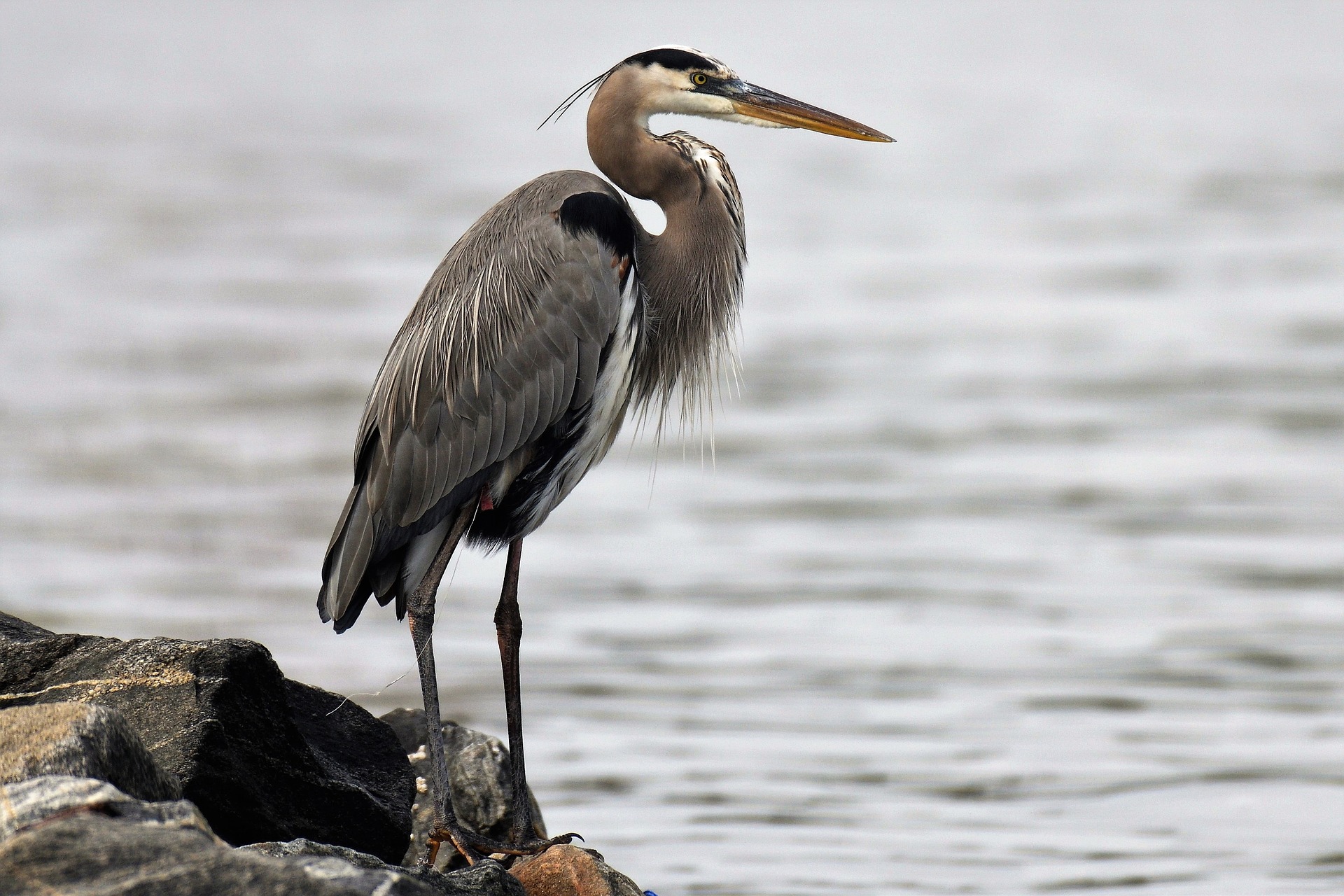
Bird Observations
- This bird is the largest type of heron in North America
- While flying, this bird will curl its neck in a “S” shape
- When hunting, it will stand very still, like a statue and stab its prey with a long and sharp beak
- This bird can be found in both freshwater and saltwater habitats
Who am I?
Sandhill Crane
Great Egret
Great Blue Heron
Great Balls of Fire
Answer:
Great Blue Heron
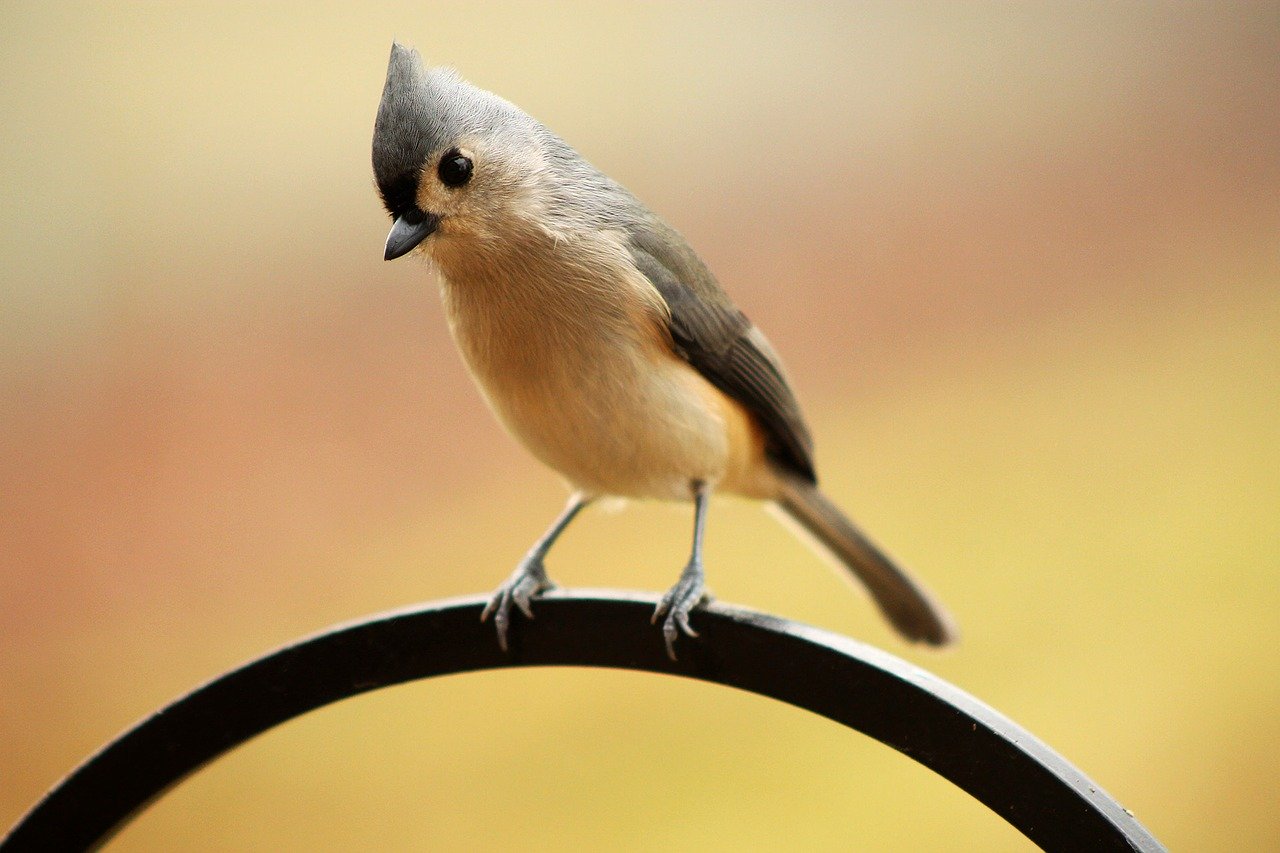
Bird Observations
- During the winter months, this bird will hoard its food and will store many seeds over the season
- This bird nests in tree cavities, or holes in trees, but do not make their own holes. Instead will use a tree cavity made by other birds, such as woodpeckers.
- This bird will use hair they pluck from other animals (raccoons, mice, woodchucks, squirrels, opossums, and even humans) to line their nest.
Who am I?
Northern Mockingbird
Tufted Titmouse
Carolina Chickadee
North Carolina
Answer:
Tufted Titmouse
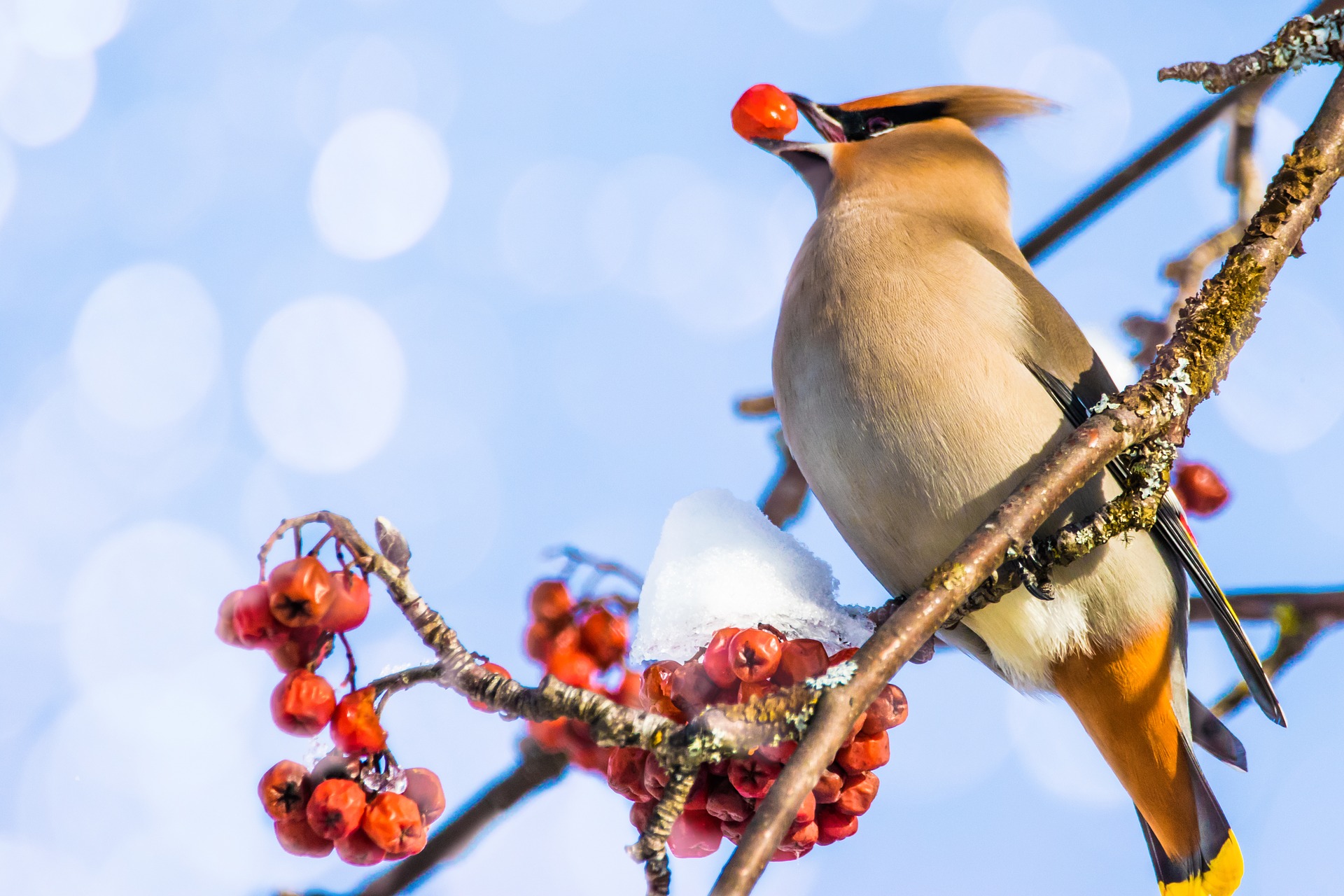
Bird Observations
- During the winter months, this bird will hoard its food and will store many seeds over the season
- This bird nests in tree cavities, or holes in trees, but do not make their own holes. Instead will use a tree cavity made by other birds, such as woodpeckers.
- This bird will use hair they pluck from other animals (raccoons, mice, woodchucks, squirrels, opossums, and even humans) to line their nest.
Who am I?
Great Horned Owl
Red-headed Woodpecker
Cedar Waxwing
Candle Wax
Answer:
Cedar Waxwing
Birdy with Crafts
Interested in learning more about birds? Make a bird feeder for your yard! This way you can observe more birds!
Now that you have a bird feeder, here are some things to think about:
- What type of food do you need to feed birds?
- What type of birds eat only seeds:
- Herbivore
- Carnivore
- Omnivore
- What adaptations can you observe on birds?
- Do some birds have camouflage? How do the blend into their environment?
Review and Reflection
You did a great job today learning about bird adaptation and helping us identify a few birds. Check out the resources below if you want to learn more about birds.
Before we go, here are some questions to think about, we hope you learned a lot today!
Why do you think some birds have bright colors
What do only birds have that no other animal on the planet has?
What are the different types of feet that birds have?
Can you describe different bird beaks?
More Resources!
Project Beak (External Link)
Follow this link to explore more and BUILD YOUR OWN BIRD!!
All About Birds (External Link)
Online field guide to birds
Flap to the Future (External Link)
Master the Skies One Adaptation at a Time